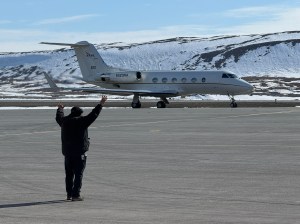As NASA continues to make progress toward sending astronauts to the lunar South Pole region with its Artemis campaign, data from a NASA-funded study is helping scientists better understand this strategic part of the Moon. The study presents evidence that moonquakes and faults generated as the Moon’s interior gradually cools and shrinks are also found near and within some of the areas the agency identified as candidate landing regions for Artemis III, the first Artemis mission planned to have a crewed lunar landing.
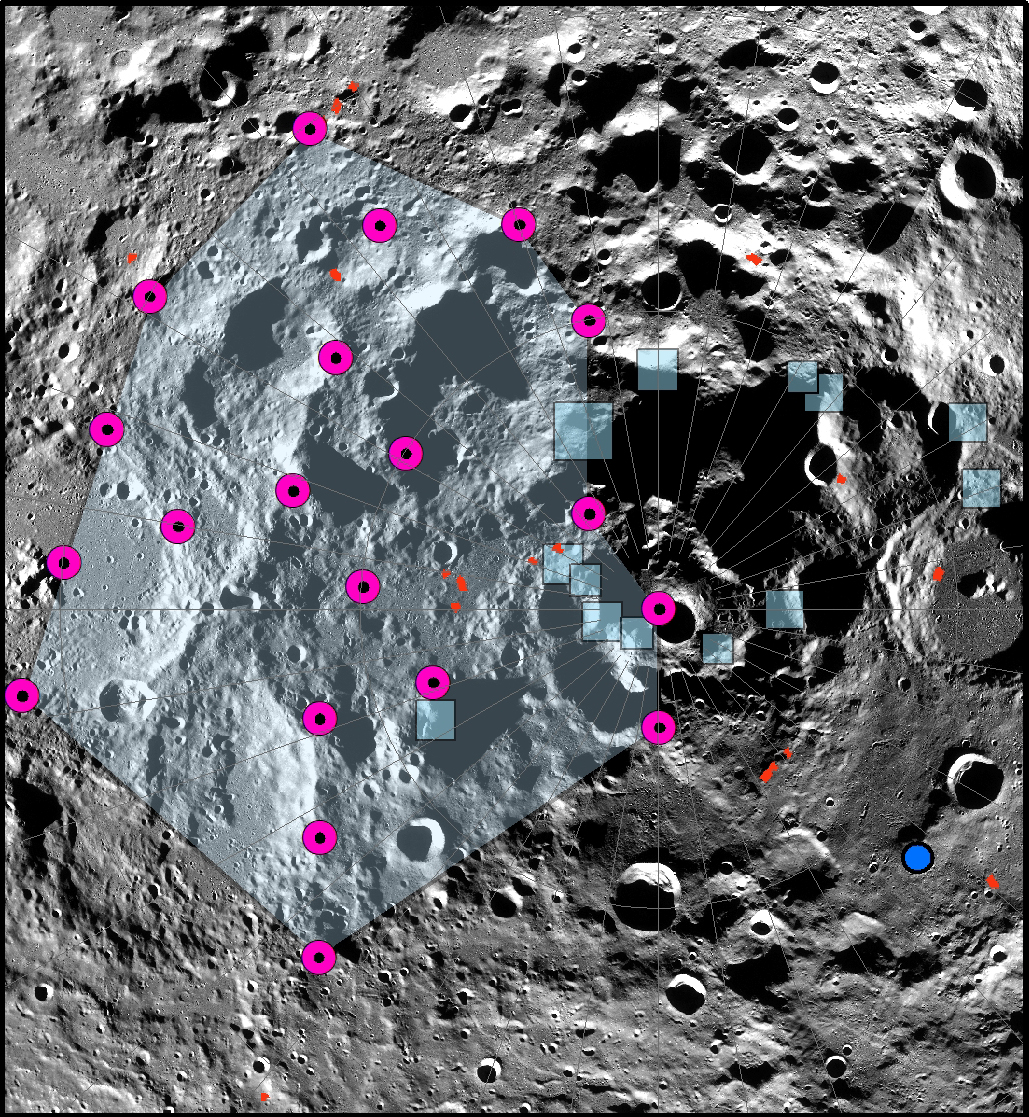
“Our modeling suggests that shallow moonquakes capable of producing strong ground shaking in the south polar region are possible from slip events on existing faults or the formation of new thrust faults,” said Tom Watters of the Smithsonian Institution, Washington, lead author of a paper on the research published January 25 in the Planetary Science Journal. “The global distribution of young thrust faults, their potential to be active, and the potential to form new thrust faults from ongoing global contraction should be considered when planning the location and stability of permanent outposts on the Moon.”
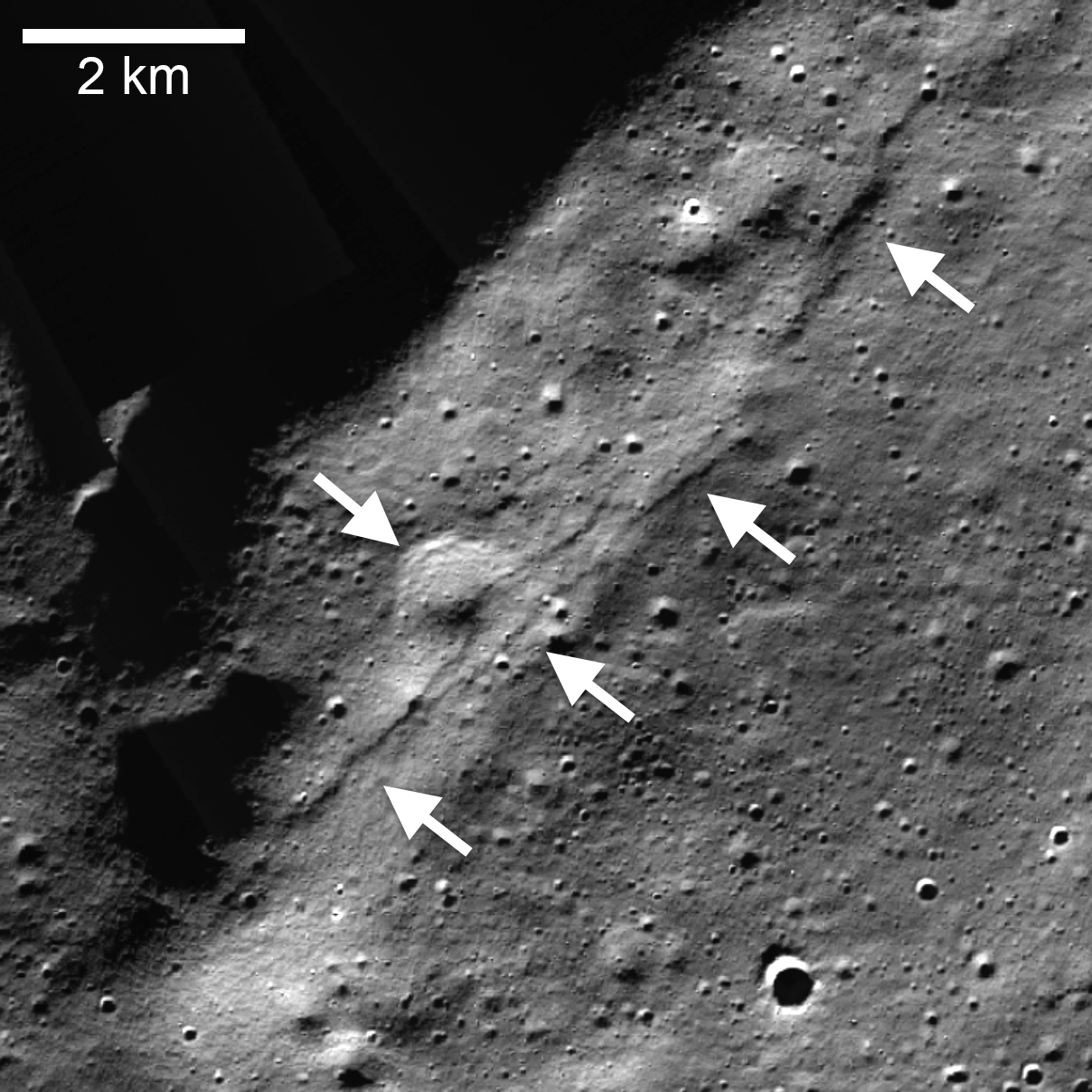
The Lunar Reconnaissance Orbiter Camera onboard NASA’s Lunar Reconnaissance Orbiter (LRO) has detected thousands of relatively small, young thrust faults widely distributed in the lunar crust. The scarps are cliff-like landforms that resemble small stair-steps on the lunar surface. They form where contractional forces break the crust and push or thrust it on one side of the fault up and over the other side. The contraction is caused by cooling of the Moon’s still-hot interior and tidal forces exerted by Earth, resulting in global shrinking.
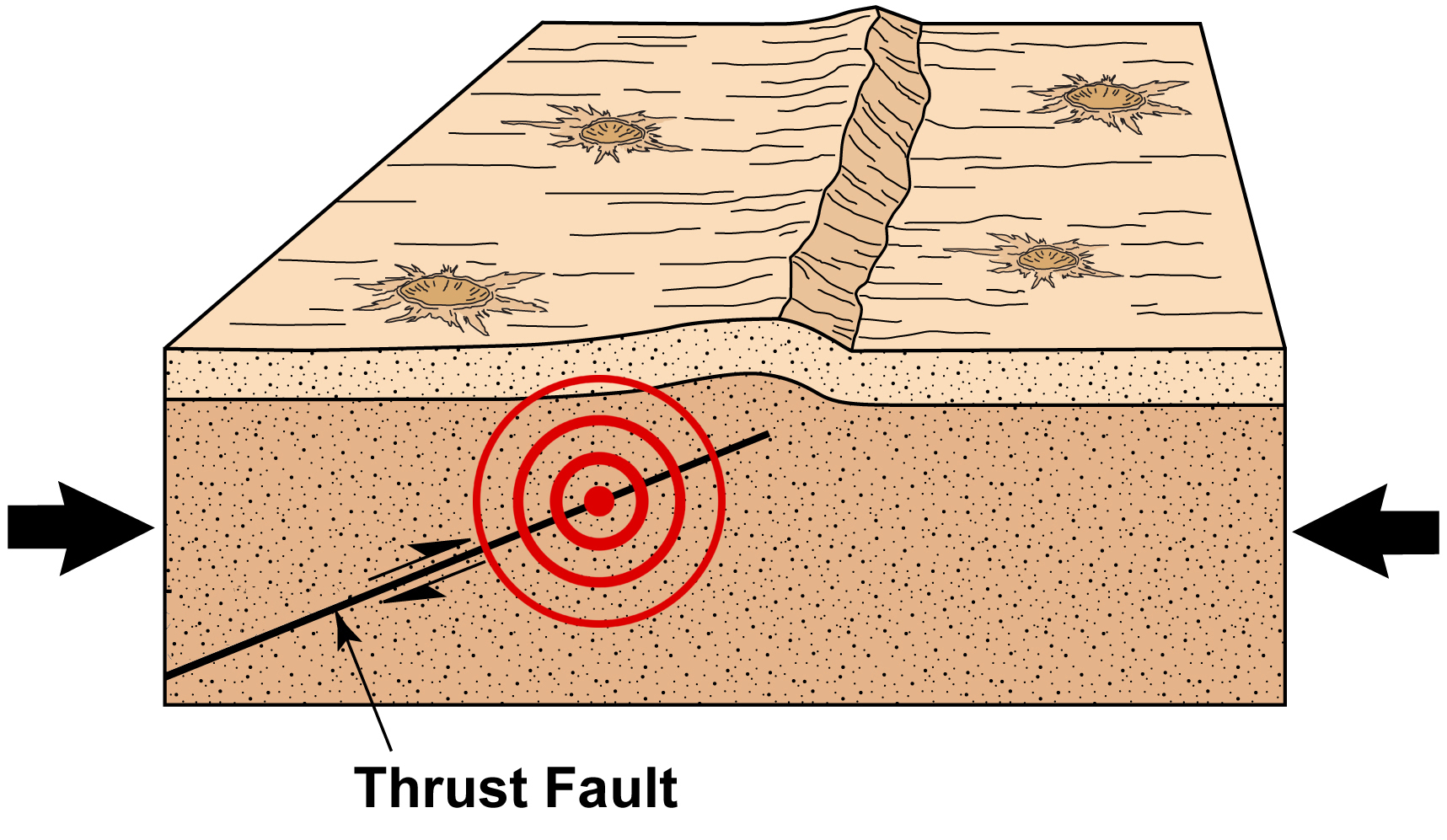
The formation of the faults is accompanied by seismic activity in the form of shallow-depth moonquakes. Such shallow moonquakes were recorded by the Apollo Passive Seismic Network, a series of seismometers deployed by the Apollo astronauts. The strongest recorded shallow moonquake had an epicenter in the south-polar region. One young thrust-fault scarp, located within the de Gerlache Rim 2, an Artemis III candidate landing region, is modeled in the study and shows that the formation of this fault scarp could have been associated with a moonquake of the recorded magnitude.
The team also modeled the stability of surface slopes in the lunar south polar region and found that some areas are susceptible to regolith landslides from even light seismic shaking, including areas in some permanently shadowed regions. These areas are of interest due to the resources that might be found there, such as ice.
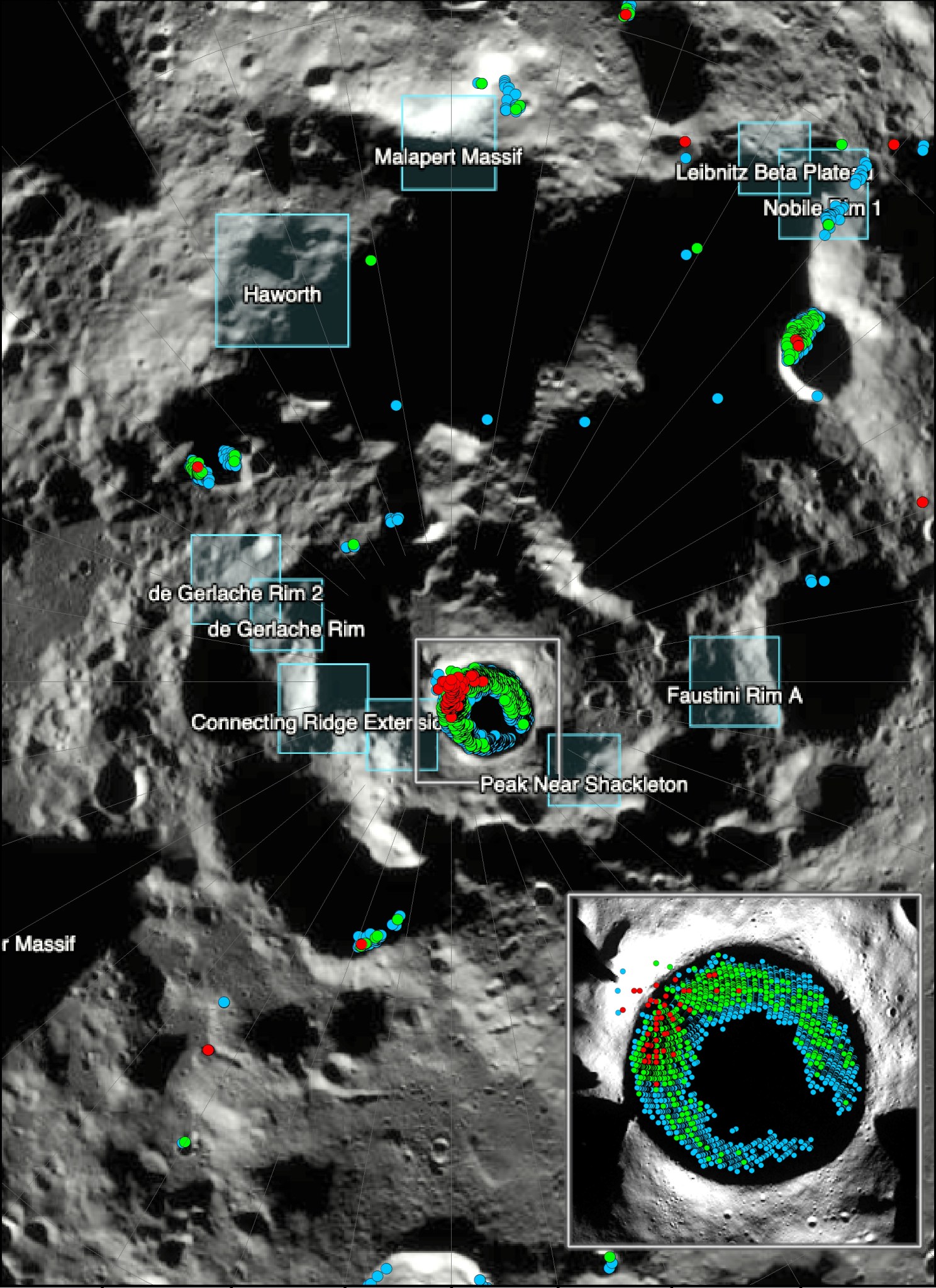
“To better understand the seismic hazard posed to future human activities on the Moon, we need new seismic data, not just at the South Pole, but globally,” said Renee Weber, a co-author of the paper at NASA’s Marshall Space Flight Center, Huntsville, Alabama. “Missions like the upcoming Farside Seismic Suite will expand upon measurements made during Apollo and add to our knowledge of global seismicity.”
“LRO is committed to acquiring data of the lunar surface to aid scientists in understanding important features such as thrust faults,” said LRO Deputy Project Scientist Maria Banks of NASA’s Goddard Space Flight Center in Greenbelt, Maryland, a co-author of the paper. “This study is a good demonstration of one of the many ways in which LRO data is being used to assist planning for our return to the Moon.”
This research was funded by NASA’s LRO mission, launched on June 18, 2009. LRO is managed by NASA Goddard for the Science Mission Directorate at NASA Headquarters in Washington. With Artemis missions, NASA is exploring the Moon for scientific discovery, technology advancement, and to learn how to live and work on another world as we prepare for human missions to Mars. We will collaborate with commercial and international partners and establish the first long-term presence on the Moon. NASA will land the first woman and first person of color on the Moon, using innovative technologies to explore more of the lunar surface than ever before.


























